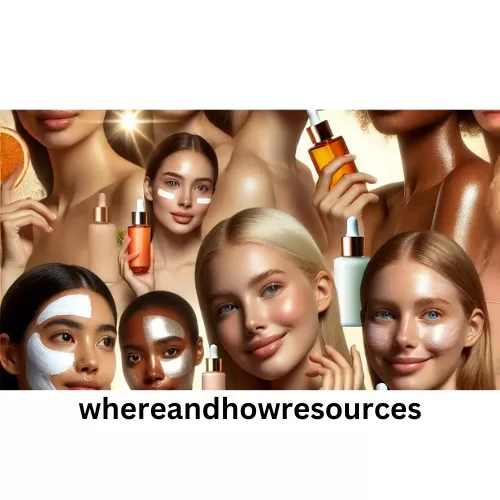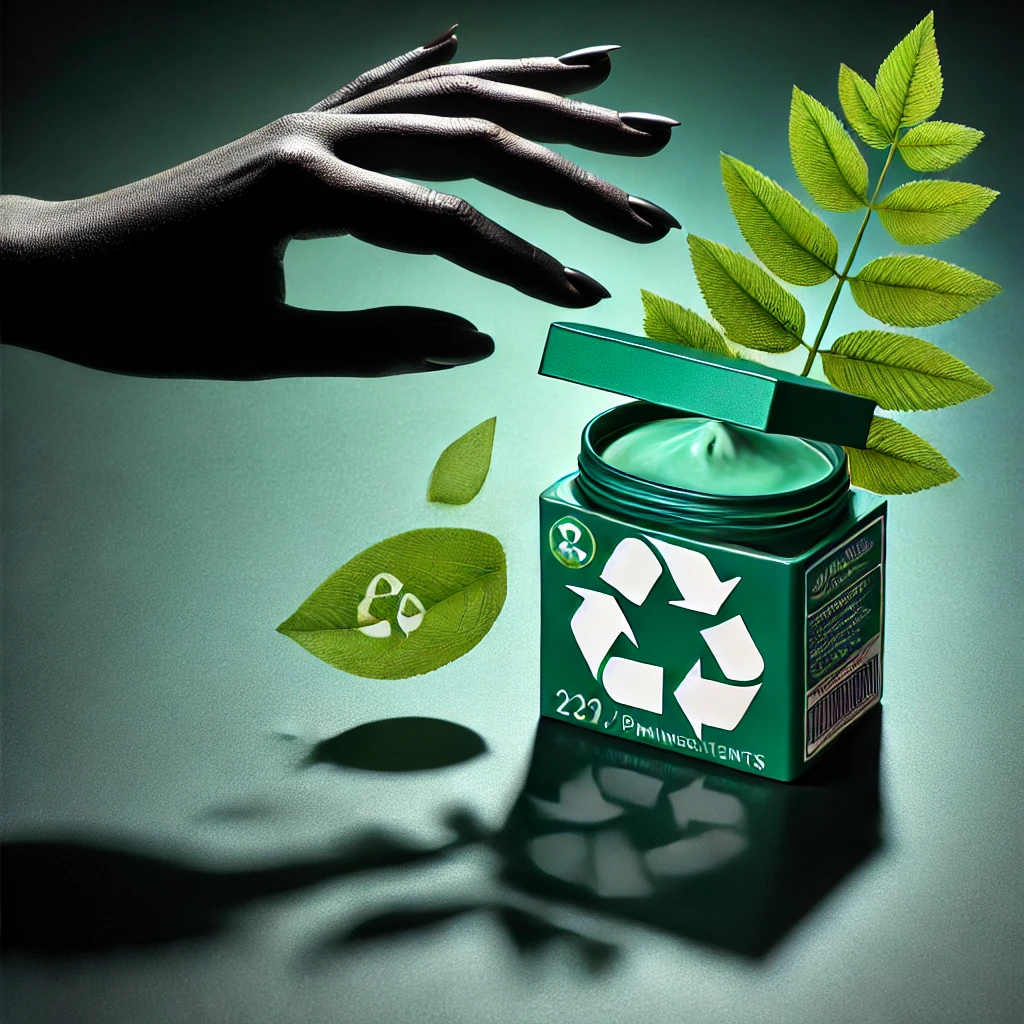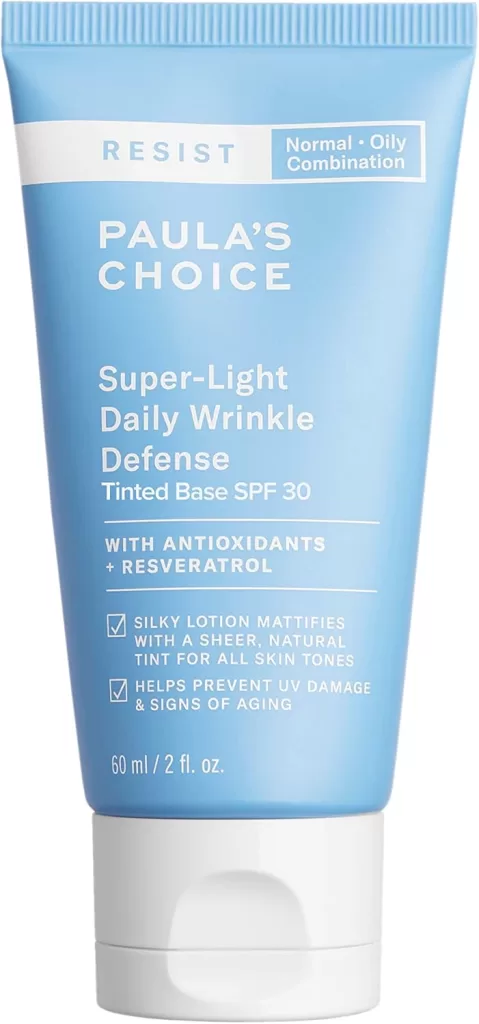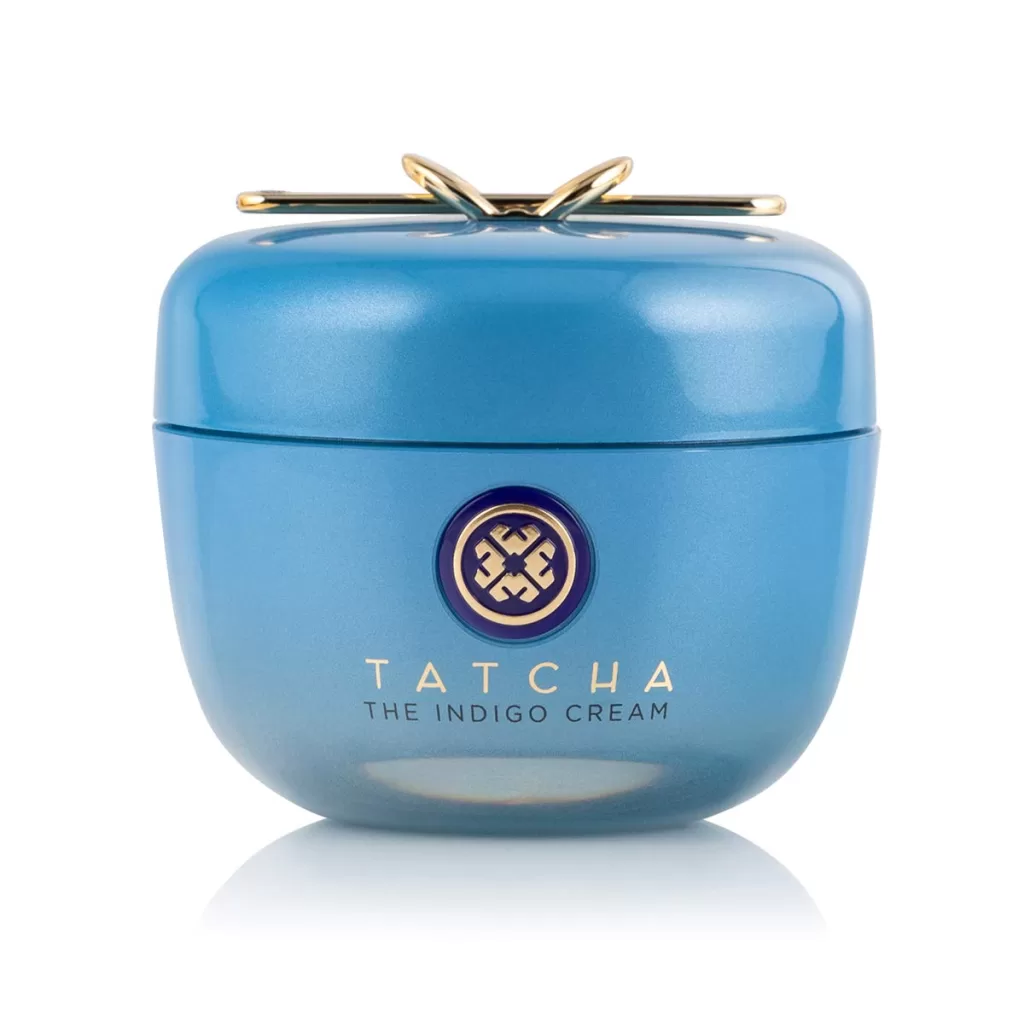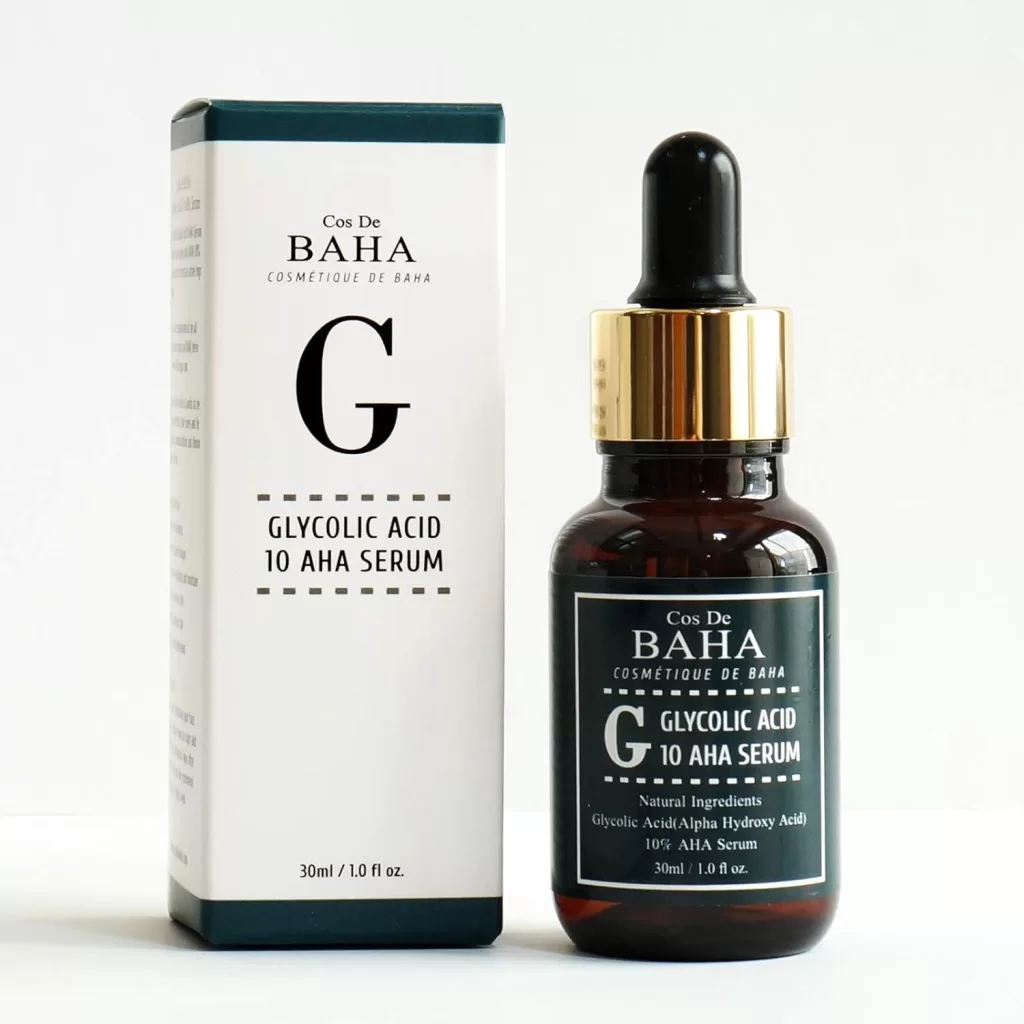The Dark Side of “Clean Beauty”: Greenwashing in the Industry
Clean beauty greenwashing: The clean beauty movement has taken the skincare and cosmetics industry by storm, with consumers increasingly seeking products that are safe, non-toxic, and environmentally friendly. However, not all that glitters is gold. Many brands exploit this demand by engaging in greenwashing—a deceptive marketing practice where companies exaggerate or fabricate their environmental and ethical commitments to appear more sustainable than they truly are.
In this article, we’ll explore how brands manipulate marketing to appear eco-friendly, the red flags and misleading terms to watch for, and most importantly, how to identify genuinely sustainable beauty brands.

What is Greenwashing?
Greenwashing is a deceptive marketing strategy where companies falsely claim to be environmentally friendly to attract conscious consumers. Instead of making genuine efforts to reduce their environmental impact, these brands prioritize superficial changes, misleading labels, and strategic wording to give the illusion of sustainability. This practice not only confuses shoppers but also dilutes the credibility of truly eco-conscious brands, making it harder for consumers to make ethical choices. Without proper regulations, greenwashing has become widespread in the beauty industry, allowing companies to profit from sustainability trends without meaningful action.
Enhancing North American Cosmetics Regulations
Mandatory Testing Protocols
One crucial area for improvement in North American cosmetics regulations is the enforcement of mandatory testing protocols. Safety and stability testing, as well as challenge and skin testing, should become standard requirements before any product hits the market. While these tests can be costly, they are essential for ensuring consumer safety and trust.
Focus on Smaller Brands
While large cosmetic companies generally have the resources to conduct thorough safety testing, smaller brands may not always have the necessary scientific expertise or financial capability. This sometimes leads them to bypass comprehensive testing, allowing products to slip through regulatory gaps. Strengthening oversight and support for these emerging brands can help address such issues without stifacing innovation.
Combatting Misinformation and Mislabeling
It is equally important to tackle misinformation and mislabeling within the industry. The rise of marketing strategies that exploit the “clean beauty” trend can lead to products being marketed with unverified claims. Stricter labeling regulations, including accurate ingredient lists, are essential to ensure transparency and consumer confidence.
Educational Initiatives and Support
Finally, implementing educational programs and resources for smaller brands can offer guidance on compliance and safety standards. This support can make a significant difference in ensuring all companies, regardless of size, meet the necessary safety requirements while still encouraging growth and creativity within the industry.
Comparing EU and USA Cosmetic Regulations
When it comes to cosmetic regulations, the European Union (EU) and the United States (USA) have distinctly different approaches, which has led to some interesting comparisons in safety standards and ingredient usage.
The Ban on Ingredients
The EU has a robust regulatory framework, banning over 1,300 chemicals in cosmetic products. This stringent policy reflects their precautionary stance, aiming to enhance consumer safety by minimizing potential risks from hazardous substances. In contrast, the USA has taken a more selective route, banning only 11 chemicals. This difference often sparks questions about the safety of cosmetic products available in the USA. However, it’s important to note that many of the banned substances in the EU are either uncommon in cosmetics or not viable for consumer product formulation, reducing the practical impact of these bans.
Regulatory Approaches
The EU’s approach is to preemptively restrict a wide range of ingredients to err on the side of caution. This comprehensive regulatory process involves extensive testing and mandatory safety assessments before products hit the market.
In contrast, the USA employs a case-by-case evaluation strategy, often relying on the responsibility of manufacturers to ensure product safety. Products are monitored, and in cases where ingredients are found to pose significant risks, regulations can be updated. This common-sense approach assumes that companies naturally avoid harmful ingredients that could damage consumer trust and brand reputation.
Ingredient Lists and Allergens
An interesting detail when comparing cosmetic products from both regions is the similarity in ingredient lists, despite the EU’s longer list of banned substances. Many manufacturers produce products that meet both EU and USA standards to streamline production. However, EU products often provide more detailed allergen information, which can be beneficial for consumers with specific sensitivities.
Conclusion
While the EU’s extensive bans may provide an additional layer of comfort for some consumers, both regions strive to ensure the safety and effectiveness of cosmetic products through their unique regulatory frameworks. Understanding these differences can help consumers make informed choices based on their personal preferences and safety concerns.
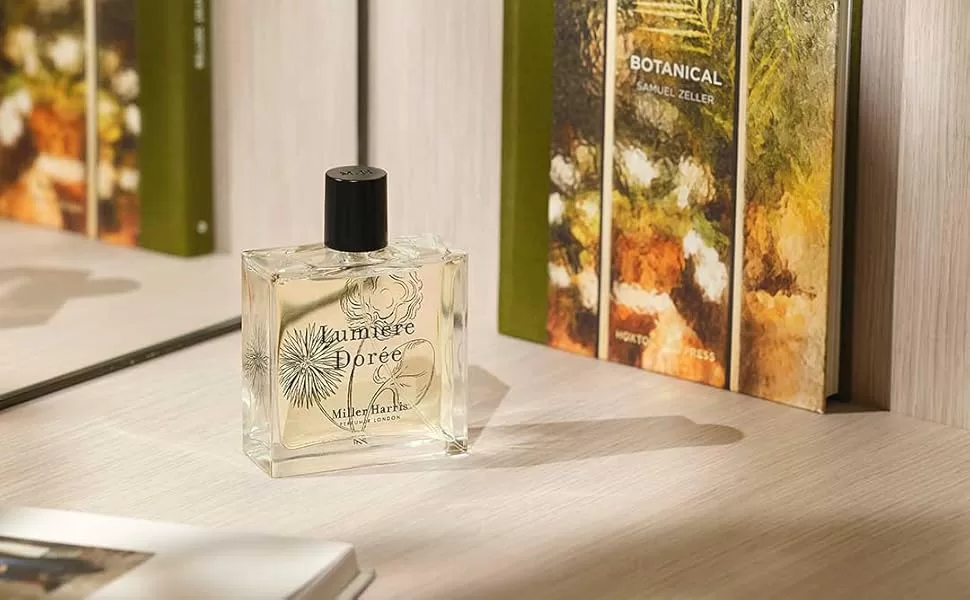
Examples of Greenwashing
The Federal Trade Commission (FTC) provides several examples of greenwashing on its website, outlining its voluntary guidelines for identifying deceptive green marketing claims. Below is a list of unsubstantiated claims that would be considered greenwashing:
- Misleading “Recyclable” Label on Packaging
A plastic package containing a new shower curtain is labeled “recyclable.” However, it is unclear whether the package or the shower curtain itself is recyclable. The label is deceptive if any major component of the package or its contents cannot be recycled, as it misleads consumers about the product’s environmental benefits. - Exaggerated Claims About Recycled Content
An area rug is labeled “50% more recycled content than before.” In reality, the manufacturer increased the recycled content from 2% to 3%. While technically accurate, the claim creates a false impression that the rug contains a significant amount of recycled material, which is not the case. - Deceptive “Recyclable” Claim on Trash Bags
A trash bag is labeled “recyclable.” However, trash bags are typically not separated from other waste at landfills or incinerators, making it highly unlikely they will be reused or recycled. This claim is deceptive because it suggests an environmental benefit that does not exist in practice.
Top 5 Cosmetic Label Mistakes
Cosmetic product labels must comply with EU regulation 1223/2009. Here are 5 common labeling errors:
- Incorrect Ingredient List: Formulas may be listed incorrectly, ingredients not in INCI names, or order incorrect.
- Unsupported Claims: Claims must be substantiated. Avoid medicinal claims on cosmetic products.
- Missing Translations: Product function and precautions must be in the official language(s) of the selling country.
- Missing Responsible Person Information: The EU-based responsible person’s name and address must be on the label.
- Incorrect Expiry Date: Products with a shelf life under 30 months require a “best before” date (ideally with the symbol). Longer shelf life products use the “period after opening” (PAO) symbol. “Best before” text must be translated.
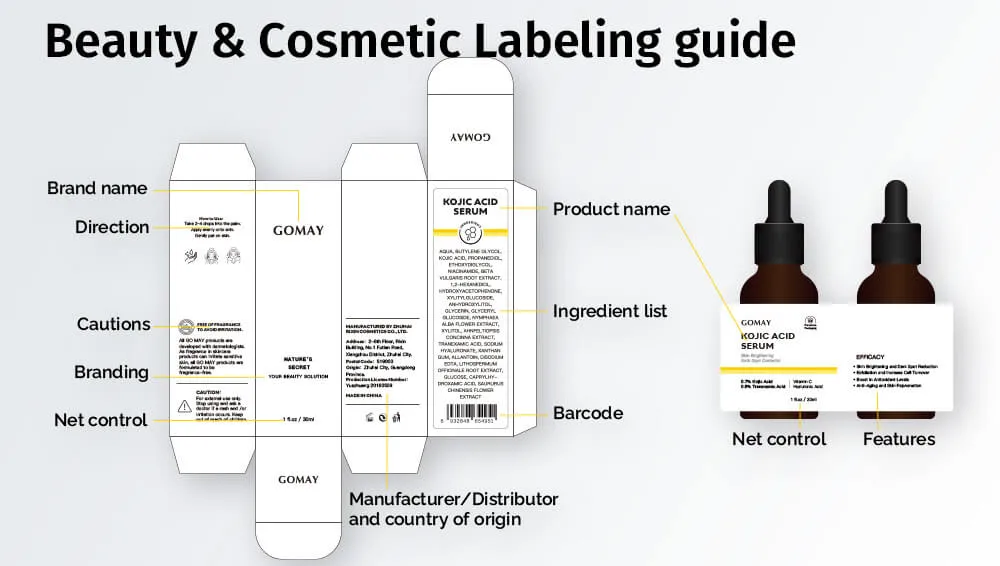
The Allure of Clean Beauty and Its Deceptive Side
Why Consumers Are Drawn to “Clean Beauty”
The rise of health-conscious and environmentally aware consumers has fueled the clean beauty trend. Many shoppers now prioritize products labeled as “natural,” “organic,” “non-toxic,” and “cruelty-free”, believing these terms equate to safer, healthier, and more ethical choices. Social media, beauty influencers, and celebrity endorsements further amplify this movement, reinforcing the perception that clean beauty is superior.
The Problem with Fear-Mongering in ‘Clean’ Beauty Marketing
Fear-mongering marketing tactics in the ‘clean’ beauty industry create several significant problems. Firstly, by labeling a product as “clean,” it insinuates that competing products are “dirty” or unsafe. This subtle distinction not only denigrates other brands but also plays on consumer fears.
Undermining Trust in Science
One major issue is that it undermines public trust in scientific research and established safety regulations. When brands tout their products as free from certain ingredients, like parabens, they often imply these ingredients are harmful without solid scientific backing. This casts doubt on regulatory bodies and encourages consumers to adopt unscientific beliefs.
Encouraging Misinformation
Such marketing fosters an environment where misinformation can thrive, prompting consumers to question the legitimacy of ingredients deemed safe by scientific consensus. This misinformation breeds mistrust across the entire beauty industry, essentially suggesting that scientific scrutiny and regulatory checks are insufficient.
Cultivating Conspiratorial Thinking
Beyond misinformation, fear-based strategies can inadvertently promote conspiratorial thinking, making people suspicious of industry standards and the motivations of regulatory agencies. This not only harms consumers who are misled, but it also negatively impacts brands trying to maintain ethical practices.
The Alternative: Ethical Marketing
Instead of leveraging fear, brands can engage with their audience by transparently combating misinformation. By building trust and upholding integrity without resorting to fear tactics, they contribute to a healthier, more informed marketplace. Brands that prioritize clarity and education empower consumers, fostering loyalty and trustworthiness rather than fear.
Is There a Culture of Self-Blame and Fear in the ‘Clean’ Beauty Movement?
The ‘clean’ beauty movement has gained significant traction, and with its rise comes a wave of self-blame and fear. Many individuals experience guilt when faced with personal health challenges, such as a serious illness affecting them or someone close. This mindset stems from the belief that adopting a lifestyle focused on “positive energy” and using supposedly “clean” products could prevent such issues.
The Power of Perception
The perception that we have substantial control over our health through lifestyle choices can create a cycle of self-criticism. When things go wrong, a natural reaction is to question whether one has done enough to live healthily, leading to feelings of inadequacy and guilt.
The Impact of Fear on Consumer Behavior
The ‘clean’ beauty industry taps into the fear of the unknown and the unseen, like harmful chemicals and toxins in everyday products. This fear effectively drives consumers to seek out safer alternatives, even if the science behind these claims is not always concrete. Major third-party brands capitalize on this fear, emphasizing purity and safety in their marketing strategies, which can exacerbate the culture of self-blame when desired health outcomes aren’t achieved.
Control vs. Reality
While it’s empowering to believe that we can control our health outcomes entirely, the reality is more complex. Many factors, such as genetics and environmental influences, are beyond individual control. Acknowledging this complexity can help ease the burden of self-blame and allow consumers to make informed choices without fear-driven motives.
In summary, the ‘clean’ beauty movement does intertwine with a culture of self-blame and fear, magnified by marketing that capitalizes on individuals’ desire for control over their health. Recognizing these dynamics is key to fostering a more balanced perspective.
Top Myths About Cosmetics Regulations
Misunderstandings about cosmetics regulations abound, often leading to a skewed perception of product safety and industry practices. Let’s debunk some of the most common myths circulating today.
Myth 1: The Cosmetics Industry Is Completely Unregulated
A prevalent misconception is that the cosmetics industry operates without any regulatory oversight. In reality, the industry is subject to a wide array of regulations. Companies must ensure their ingredients are safe and adhere to rigorous purity standards. Although regulations can vary internationally, the one universal truth is the prohibition of unsafe products in the market. While improvements are always possible, the notion of a regulation-free industry is simply untrue.
Myth 2: U.S. Cosmetics Regulations Haven’t Evolved Since 1938
Another frequent claim is that U.S. Cosmetics regulations have remained unchanged since 1938. While the overarching framework may be longstanding, it’s important to note that regulatory updates occur regularly to keep pace with new scientific findings and safety data. A quick look at the FDA’s resources reveals ongoing adjustments and updates.
Myth 3: European Products Are Safer Due to More Bans
The European Union is known for having banned over 1,300 chemicals, compared to about 11 in the U.S., leading some to assume U.S. Products are innately less safe. However, this interpretation doesn’t hold water. The U.S. Regulatory approach leans on plausibility, focusing on ingredients unlikely to be included in formulations—think niche substances like rocket fuel. Examining ingredient lists from both regions shows remarkable similarity, with differences largely revolving around allergen disclosures, a practice that could benefit broader adoption in the U.S.
By understanding these myths, consumers can better navigate the often murky waters of cosmetics regulations, leading to more informed choices.
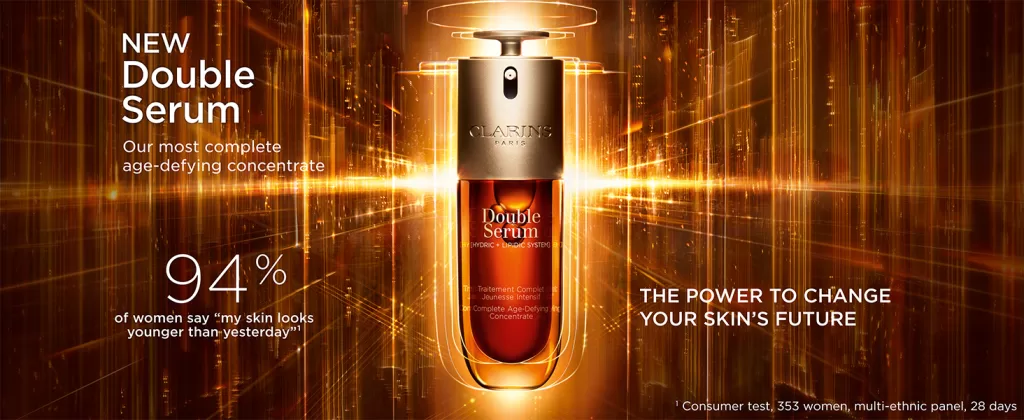
How the Clean Beauty Industry Relies on Fossil Fuels
Their article provides a detailed analysis that examines the complexities surrounding the environmental impact of ‘clean’ beauty products. It does this by:
- Challenging Assumptions: It starts by questioning the assumption that ‘natural’ or ‘organic’ ingredients are inherently more sustainable. This sets the stage for a nuanced discussion about sustainability.
- Providing Examples: The article uses specific examples, such as rose essential oil and organic farming, to illustrate how natural ingredients can sometimes require significant resources, challenging their sustainability.
- Comparative Analysis: It compares the environmental impact of natural versus synthetic products, offering evidence that synthetic alternatives can sometimes be more environmentally friendly, such as in the production of vitamins and menthol.
- Case-by-Case Consideration: The article emphasizes the importance of evaluating each ingredient on a case-by-case basis, suggesting that sustainability is a complex issue that cannot be generalized.
- Industry Progress: It highlights the advancements and efforts within the beauty industry to improve sustainability, such as the development of in-vitro tests and support for sustainable palm oil and mica initiatives.
- Practical Advice: Concludes with practical advice on how consumers can contribute to sustainability by buying, using, and wasting less, regardless of whether products are labeled ‘clean.’
Why Might Synthetic Ingredients Sometimes Be More Environmentally Friendly Than Natural Ones?
Choosing synthetic substances over natural ones can be unexpectedly beneficial for the environment in several ways.
Conservation of Resources
Producing certain ingredients naturally can demand a vast amount of natural resources. Take vitamin C (l-ascorbic acid) in cosmetics as an example: extracting it from plants would require enormous agricultural resources. By synthesizing such ingredients in laboratories, we can drastically reduce land usage and conserve those resources.
Reduced Greenhouse Gas Emissions
When considering emissions, synthetic production often has a lower environmental footprint. For instance, the process of creating synthetic menthol results in significantly less carbon dioxide emissions compared to its natural production. Specifically, creating menthol synthetically can yield as little as 8 kilograms of CO2 per kilogram produced, while the natural route can emit anywhere from 50 to 100 kilograms of CO2.
Efficient Land Use
Synthetic ingredients minimize the need for extensive agricultural land, which can otherwise lead to deforestation and habitat destruction. By producing ingredients in labs, we use less land and protect ecosystems that would otherwise be disrupted by large-scale farming.
Innovation and Efficiency
Furthermore, advancements in biotechnology continually enhance the efficiency and environmental benefits of synthetic ingredient production. This innovative approach not only lessens environmental impact but also refines processes to be more sustainable.
In summary, while naturally sourced ingredients are often perceived as more environmentally friendly, in certain situations, synthetic alternatives are a smarter choice for sustainability.
Is Clean Beauty Synonymous with Cruelty-Free?
While clean beauty is frequently associated with terms like cruelty-free, vegan, and all-natural, purchasing a product labeled as “clean beauty” doesn’t necessarily mean it adheres to these standards. It’s important to understand the distinctions and look for specific certifications to align with your values.
The Regulatory Framework for cosmetics emphasizes the legality of selling only safe products. Developed countries, in particular, have consistent safety checks in place, although regulations can vary worldwide. This framework ensures that even if a product isn’t labeled “clean,” it still must meet safety standards.
Safety Testing is a critical component of product development. Ingredients undergo rigorous testing, and potentially problematic ingredients are carefully evaluated for consumer exposure. Toxicological Limits are established for ingredient usage, set far below levels that could cause harm, and consider cumulative exposure from multiple products. This applies to all products, not just those marketed as “clean.”
Pre-Market Safety Substantiation involves additional safety measures manufacturers must undertake before launching products. These measures can include stability testing, challenge testing (to ensure preservation against microbial growth), and skin patch testing. Again, these are standard practices, not exclusive to “clean beauty.”
To ensure a product is truly cruelty-free, look for the Leaping Bunny certification. This certification was established by a coalition of eight American animal protection groups and verifies that a cosmetics or personal care product has not been tested on animals. However, it’s important to note that the term “cruelty-free” is not regulated, and a bunny logo typically only indicates that the final product, not its entire supply chain, is free from animal testing. Therefore, while “clean beauty” might suggest a product is cruelty-free, it’s essential to verify this independently through certifications like Leaping Bunny.
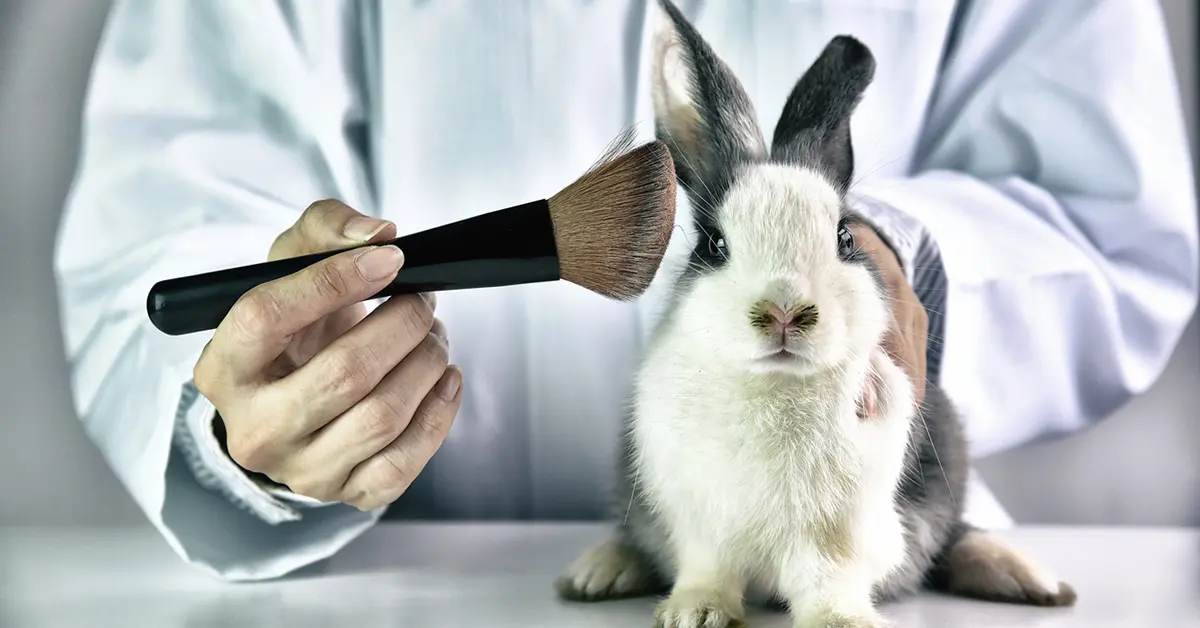
Cruelty-Free Makeup Must-Haves: Your Ultimate Guide
Essential Cruelty-Free Makeup: Your Complete Guide to Ethical Beauty The shift toward cruelty-free makeup has grown tremendously in recent years as more beauty enthusiasts demand ethical alternatives. Brands now offer products that are not only high-quality but also free from animal testing. Whether you’re new to cruelty-free makeup or looking to expand your collection, this…
When “Clean Beauty” Becomes a Marketing Ploy
While some brands are genuinely committed to ethical and sustainable practices, others exploit consumer trust by using misleading terms and branding. Without strict regulations governing the term “clean beauty,” companies can freely label products as “green” without making substantial efforts to reduce environmental harm or ensure ingredient safety. This deceptive practice—greenwashing—creates confusion and allows companies to charge premium prices for products that do not live up to their claims.
Greenwashing Tactics: How Brands Manipulate Marketing
1. Vague and Misleading Buzzwords
Many beauty brands use ambiguous terms like:
- “All-natural” – Not legally defined and can still include synthetic or harmful ingredients.
- “Chemical-free” – Everything, including water, is a chemical.
- “Non-toxic” – No regulatory standard dictates what constitutes “non-toxic.”
- “Eco-friendly” – Often lacks proof of environmental benefits.
These words create an illusion of purity and safety without scientific backing or industry oversight.
2. Deceptive Packaging and Imagery
Companies use earthy packaging, green hues, plant images, and minimalist aesthetics to make their products appear sustainable. However, this visual appeal doesn’t necessarily reflect true ethical sourcing or sustainable production practices.
3. Ingredient Manipulation and Hidden Harmful Substances
Many brands highlight the absence of specific harmful ingredients (e.g., “paraben-free” or “sulfate-free”) while quietly including other equally concerning chemicals like phenoxyethanol, undisclosed fragrances, and synthetic polymers.
4. Fake Certifications and Self-Created Labels
Some brands design their own “certification seals” to mimic legitimate eco-labels without undergoing third-party verification. Always check for authentic certifications such as:
- Leaping Bunny (cruelty-free)
- USDA Organic (organic ingredients)
- Ecocert (sustainability and organic compliance)
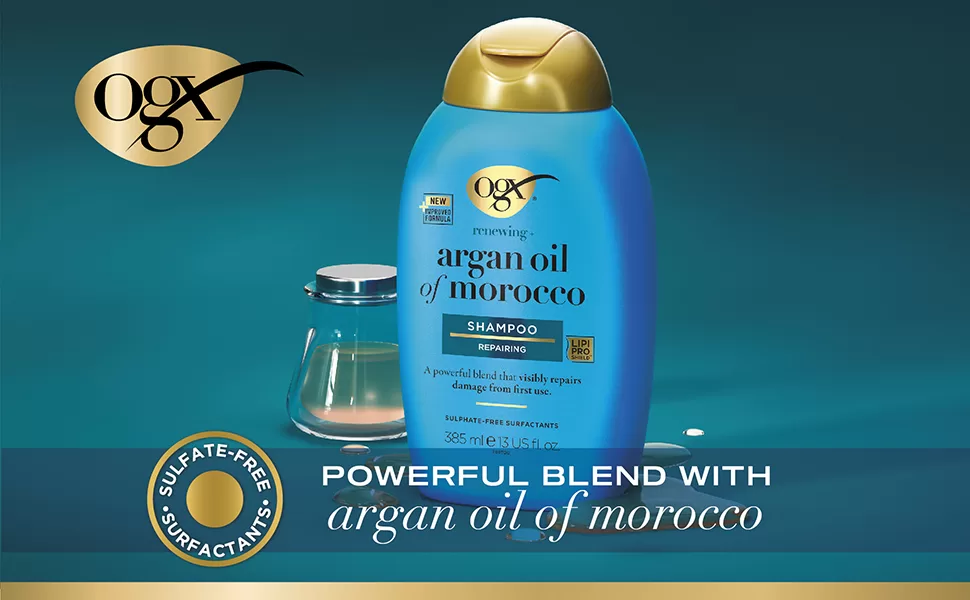
Red Flags and Misleading Terms to Watch For
Greenwashing can be tricky to detect, but knowing what to watch for can help:
1. Unsubstantiated Claims
- “Dermatologist-tested” (without specifying what kind of testing)
- “Green” or “clean” without evidence or transparency
- “Eco-friendly” with no proof of sustainable sourcing
2. Free-From Lists That Distract From Other Harmful Ingredients
- “Paraben-free” but contains other endocrine disruptors like methylisothiazolinone
- “Sulfate-free” but formulated with synthetic detergents that cause irritation
- “Fragrance-free” but contains hidden fragrance components like linalool or limonene
3. Overuse of Nature-Inspired Imagery and Language
- Excessive use of botanical names to imply safety
- Green or brown packaging to evoke sustainability without actual eco-friendly practices
4. Lack of Transparency
- No ingredient sourcing information available
- No explanation of how “sustainable” claims are validated
- No third-party certification for ethical and clean claims
How Do Global Regulations Ensure the Safety of Cosmetic Products?
Regulations worldwide vary, but in developed nations, certain principles consistently safeguard consumer safety. Here’s how these regulations work:
- Rigorous Safety Testing: Every ingredient used in cosmetics undergoes stringent safety tests. This ensures that each component is evaluated for safety before it even becomes part of a product.
- Consideration of Aggregate Exposure: Regulators consider the collective exposure to ingredients. They evaluate how much of a particular substance a consumer might encounter across various products throughout their day. This approach helps set safe limits, even when multiple products are used in combination.
- Setting Conservative Safety Limits: Safety thresholds are established significantly below levels that could cause harm. Even for ingredients that might be problematic at high levels, the permitted percentages are designed to avoid any toxicological risk.
- Pre-Market Safety Validation: Before a product is launched, manufacturers must validate its safety. This process often includes stability tests to ensure the product remains safe under various conditions, challenge testing to verify its resistance to microbial contamination, and skin patch tests to confirm its safety for consumer use.
These comprehensive measures provide assurance that cosmetic products are safe for daily use, aligning with global standards to protect consumers.
What Harmful Chemicals Are Often Present in Personal Care Products?
Not all products marketed as “clean beauty” are truly safe when it comes to their ingredients. Some brands may prioritize eco-friendly packaging or reducing carbon emissions, labeling their products as “responsible,” while still including potentially harmful chemicals.
Many chemicals commonly found in personal care products are widely recognized as harmful. When choosing products, it’s best to avoid those containing sulfates, formaldehyde, phthalates, parabens, talc, triclosan, toluene, diethanolamine, lead, artificial colors and fragrances, polyethylene glycols (PEGs), propellants like isobutane, coal tar dyes, butylated hydroxyanisole (BHA), and per- and polyfluoroalkyl substances (PFAS).
However, experts don’t always agree on whether certain chemicals are toxic enough to warrant complete avoidance in personal care products, or what level of exposure is considered dangerous. Some ingredients remain in widespread use because there isn’t sufficient evidence to definitively link them to health risks like cancer—especially in the U.S., where regulations on toxic chemicals tend to be less stringent.
How to Find Genuinely Sustainable Beauty Brands
Consumers who wish to make informed beauty choices should take proactive steps to differentiate genuine sustainability from greenwashing.
1. Research Ingredients Beyond the Marketing Claims
Instead of trusting labels, analyze full ingredient lists on credible databases such as:
- INCI Decoder (Ingredient analysis and safety ratings)
- Environmental Working Group (EWG) (Ingredient toxicity assessments)
Support Brands with Ethical Sourcing and Sustainable Packaging
Look for brands that:
- Use biodegradable, refillable, or recyclable packaging
- Provide details on ethical ingredient sourcing
- Disclose their carbon footprint and sustainability efforts
Read Beyond the Hype: Consumer Reviews and Independent Research
- Follow independent beauty experts and sustainability advocates rather than relying on influencers sponsored by brands.
- Research brands that are consistently transparent in their sustainability efforts rather than making one-time claims.
How Can Consumers Make More Sustainable Choices in Their Skincare Routines?
When considering sustainability in skincare, it’s crucial to evaluate ingredients not just as “synthetic” or “natural” but on a case-by-case basis. To truly embrace a more eco-conscious skincare routine, start by educating yourself about the evidence behind these ingredients. Sustainable choices are about making informed decisions, not assumptions.
Key Steps to a Sustainable Skincare Routine:
- Prioritize Evidence Over Assumptions: Assess ingredient sustainability based on scientific evidence. This often means diving into research or consulting sources that provide substantiated claims.
- Reduce Consumption: A straightforward way to enhance sustainability is to simply buy less. Choose products thoughtfully and refrain from succumbing to trends that prompt unnecessary purchases.
- Maximize Product Usage: Use each product to its fullest before purchasing new ones. By finishing what you have, you minimize waste and prevent clutter.
- Consider Shelf Life and Waste: Products with shorter shelf lives may lead to increased waste, particularly if they require a less robust preservative system. Be mindful of how quickly you use these items to minimize disposal.
- Embrace Multi-Functional Products: Opt for items that serve multiple purposes, such as moisturizers with built-in SPF, to reduce the number of products in your routine.
- Seek Out Refillable or Recyclable Packaging: Support brands that offer eco-friendly packaging solutions. Opting for refills or recyclable containers can significantly cut down on packaging waste.
By taking these steps, you can contribute to a more sustainable skincare routine that’s not only better for the environment but also likely easier on your wallet. Remember, sustainability isn’t just about the products you use—it’s about how you use them.
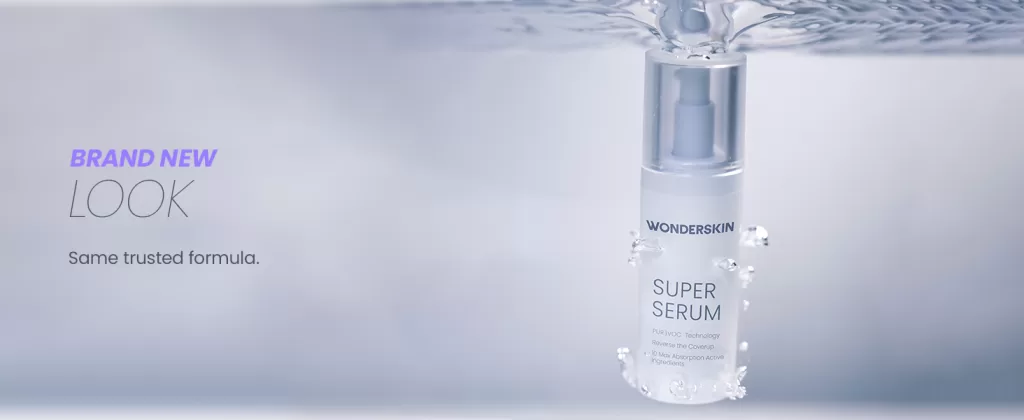
How the Cosmetics Industry is Pioneering Sustainability
The cosmetics industry often finds itself at the forefront of sustainability efforts, driven not only by external pressure but also by a genuine commitment to environmental stewardship. This sector has initiated several groundbreaking strategies that set it apart in the pursuit of a greener future.
One significant stride is the industry’s role in advancing sustainable sourcing practices. Although cosmetics companies are minor users of palm oil compared to the food sector, they have been influential in promoting the Roundtable on Sustainable Palm Oil. This collective effort helps ensure palm oil is sourced sustainably, minimizing deforestation and ecological damage.
Moreover, the industry is tackling the ethical sourcing of minerals like mica by supporting initiatives such as the Responsible Mica Initiative. This addresses both environmental and social concerns, ensuring that mica is mined responsibly and under fair labor conditions.
Another key area of innovation is the development of alternative testing methods. With stringent regulations phasing out animal testing, the cosmetics industry has invested in high-quality in-vitro tests. These alternatives not only align with ethical standards but also pave the way for other industries to adopt safer testing methods.
Advancements in technology are also being leveraged to enhance supply chain transparency. By implementing cutting-edge tools and systems, companies can better track their supply chains, ensuring that every step aligns with sustainability goals. Furthermore, innovations in biotechnology are leading to the creation of products derived from by-products of other industries, significantly reducing waste.
Lastly, the industry is embracing a frontier of greener products, focusing on sustainable ingredients and minimizing environmental impact. Although much remains to be done, the cosmetics sector is undeniably making substantial progress, setting a benchmark for others to follow.
In essence, the efforts of the cosmetics industry in promoting sustainability reflect a broader commitment to a more responsible and eco-friendly future.
Clean beauty greenwashing: Key Points to Remember
- Greenwashing occurs when companies try to profit from the increasing demand for eco-friendly products.
- It often creates a misleading perception that a company or its products are environmentally sustainable or responsible.
- Some companies have been criticized for greenwashing to take advantage of the growing interest in socially responsible investing, including environmental, social, and governance (ESG) initiatives.
- Truly sustainable products or businesses support their environmental claims with clear evidence and transparent information.

Conclusion: Making Informed Beauty Choices
The rise of clean beauty greenwashing makes it more challenging for consumers to distinguish genuine sustainability from deceptive marketing. Brands often exploit buzzwords, misleading imagery, and incomplete ingredient disclosures to appear more ethical than they truly are. By learning to identify red flags and prioritizing transparency, third-party certifications, and ethical sourcing, consumers can make informed decisions that align with their values.
As beauty shoppers, we have the power to demand honesty and sustainability—not just trendy marketing. Always read beyond the labels, research thoroughly, and choose brands that truly prioritize the health of both people and the planet.
FAQs: Clean beauty greenwashing
- What is greenwashing in the beauty industry?
- Greenwashing refers to deceptive marketing practices where brands falsely claim to be environmentally friendly to attract conscious consumers.
- How can I identify if a beauty brand is engaging in greenwashing?
- Look for vague buzzwords, deceptive packaging, unsubstantiated claims, and a lack of transparency in ingredient sourcing and company practices.
- Are “clean” and “natural” beauty products always better for my skin?
- Not necessarily. It’s essential to research ingredients and understand that “clean” and “natural” labels can sometimes be marketing tactics without substantial backing.
- What steps can I take to support genuinely sustainable beauty brands?
- Research ingredients beyond marketing claims, support brands with ethical sourcing and sustainable packaging, and read consumer reviews and independent research.
A Final Word On Clean beauty greenwashing
The murky world of “clean beauty” is often clouded by clever marketing, making it difficult to discern genuine commitment from mere trend-chasing. This is where the issue of clean beauty greenwashing becomes paramount. Consumers, increasingly conscious of the ingredients in their products, are drawn to the allure of “clean,” “natural,” and “non-toxic” labels. However, the lack of standardized definitions for these terms creates fertile ground for clean beauty greenwashing.
Clean beauty greenwashing occurs when brands capitalize on the growing demand for safer and more environmentally friendly products without truly adhering to the principles these labels suggest. They may highlight a single “natural” ingredient while ignoring the presence of potentially harmful synthetics. Or, they might boast about being “cruelty-free” while still sourcing ingredients from suppliers who engage in animal testing. This deceptive practice preys on consumer trust, misleading them into believing they are making ethical and healthy choices when, in reality, they may be supporting the very practices they sought to avoid.
The rise of clean beauty greenwashing is fueled by the lack of regulation surrounding these terms. Unlike “organic,” which has legal definitions and certifications, “clean beauty” is largely self-regulated, allowing brands to interpret it loosely. This ambiguity allows for rampant clean beauty greenwashing, blurring the lines between genuine commitment and marketing hype. Consumers are left to navigate a confusing landscape, often relying on brand claims that may be more aspirational than factual.
Combating clean beauty greenwashing
Combating clean beauty greenwashing requires increased transparency and accountability from brands. Consumers must become more discerning, looking beyond superficial labels and delving into ingredient lists and sourcing practices. Independent certifications, like Leaping Bunny for cruelty-free products, can offer some reassurance. Ultimately, a collective effort from consumers, regulators, and the industry itself is needed to address the pervasive issue of clean beauty greenwashing and ensure that “clean beauty” truly reflects a commitment to safety, sustainability, and ethical practices. Only then can consumers confidently make informed choices that align with their values.
UpCircle Beauty’s natural cleansing balm gently removes makeup, pollution, and impurities, leaving skin deeply cleansed, soothed, and hydrated. It’s formulated with sea buckthorn oil, rich in vitamin E to help maintain skin elasticity, and oat oil to restore the skin’s natural oil balance.

Explore more articles like this @ Where And How Resources
If you found this article helpful, don’t forget to share it with your friends and followers!
